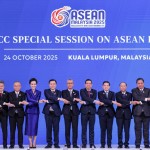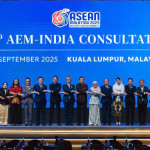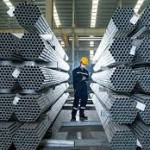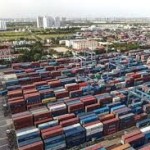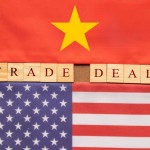Total number of posts 429.
The impact of the CPTPP Agreement has helped many Vietnamese businesses interested in applying the circular economy model and aiming to expand export markets.
The Comprehensive and Progressive Agreement for Trans-Pacific Partnership (CPTPP) is one of 16 free trade agreements (FTAs) that Vietnam has joined. FTAs are bringing favorable conditions for businesses to expand export markets. Along with that, FTAs also provide tax incentives for Vietnamese goods of suitable origin to be certified, sustainably produced and information transparent. Therefore, in order to make the most of trade incentives from the FTA market, businesses need to innovate all activities, including green standards.
For example, the CPTPP contains Chapter 20 on the environment, point 6 of Article 20.3, which states that "the Parties are aware that it is inappropriate to encourage trade or investment by reducing the level of protection provided for in their environmental laws." At the same time, the CPTPP stipulates more obligations to protect the ozone layer and the marine environment.
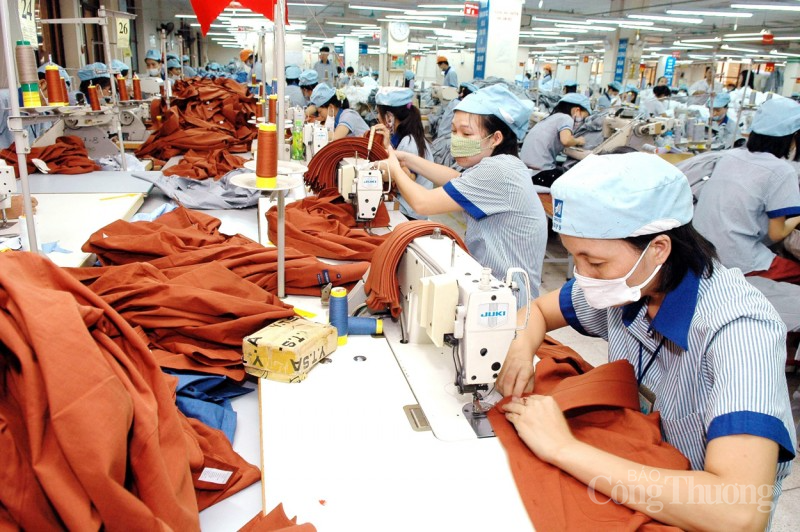
Sustainability and competitiveness requirements have driven Vietnam's textile and garment enterprises to green transformation
In addition, buyers, especially major brands and international business chains, are restructuring their global supply chains to meet stringent sustainability goals. Accordingly, these requirements emphasize issues such as environmental efficiency, the use of recycled materials, the search for organic or sustainable materials, reducing energy consumption and conserving non-renewable resources such as fossil fuels and water.
Another factor is the growing consumer awareness, i.e. consumers are willing to pay higher prices for sustainable products.
In Vietnam, many businesses have been interested in applying the circular economy model, to protect the environment, aiming to expand export markets, in which, textile and garment is an industry affected by these standards. Currently, the "green" factor is no longer an option but is gradually being legislated in key export markets of Vietnam's textile and garment.
According to Mr. Vuong Duc Anh - Chief of Office of the Board of Directors of Vietnam Textile and Garment Group (Vinatex), Vietnam Textile and Garment Group determined that sustainable development will be a story of long-distance strategy, which cannot be overnight, immediately transformed completely. Therefore, businesses must stick very closely to the requirements of customers, which is also the requirement of the market.
According to Vinatex's representative, these are challenges but also pose opportunities that, if caught up, will improve the value per head of labor. To make green products, the requirement according to the new ecological design is also an opportunity, because the opportunity comes from the challenges. "Textile and garment must identify sustainable development as an irreversible trend, from which to actively grasp to try to catch up with the market, catching too early will not be effective, but must catch it right" - Mr. Vuong Duc Anh said.
Sustainability and competitiveness requirements have driven Vietnam's textile and garment enterprises to go green. In 2022, May 10 successfully completed the set tasks when reaching a total revenue of VND 4,500 billion, up 18.42% compared to the plan, up 27.93% compared to 2021, in which, there is an important contribution from exports. Also in this year, May 10 was awarded the 5-star unit title "Green Energy 2022" - the highest title thanks to investing in many solutions in green production such as: Energy saving, intelligent control integration for building systems, using high-efficiency equipment...
Along with that, May 10 is also paying more attention to using natural materials, fuels and non-toxic chemicals. According to May 10, enterprises are willing to accept and eliminate old, outdated technologies that do not ensure product quality and harm the environment - which is the criterion that the CPTPP agreement aims for.
In the field of agriculture, TH Group is one of the examples. TH Group's projects pay special attention to waste and wastewater collection and treatment technology, in order to unify TH's farms and projects across the country towards a circular economy, reflected in the closed production process "from green pastures to clean milk". Not only produced in Vietnam, TH also brings the circular economy model to the Russian Federation and Australia for production.
As for agricultural products, according to Nguyen Dinh Tung, Chairman of T&T Group, Vietnam's fastidious import markets, including member countries of the CPTPP, are moving towards circular economy, green economy and green agriculture. "Although there are no mandatory requirements to meet, Vietnamese enterprises that want to develop exports, must invest immediately, do not wait for them to issue laws, then starting to do will be slow and lose export opportunities" - Mr. Tung emphasized.
It can be said that the CPTPP Agreement is encouraging businesses to apply strong standards on environment, sustainability and ESG (Environmental, Social and Governance), including reducing carbon emissions. This stimulates businesses to develop specific goals in their business strategies that take into account carbon emission reduction, especially in the textile and garment industry.
At the same time, businesses also need to convert and use materials derived from nature, recycled materials and design products in a circular direction; increase the use of clean and renewable energy, limit the use of fossil fuels, save energy to master the game by yourself in the context of deep economic integration.







